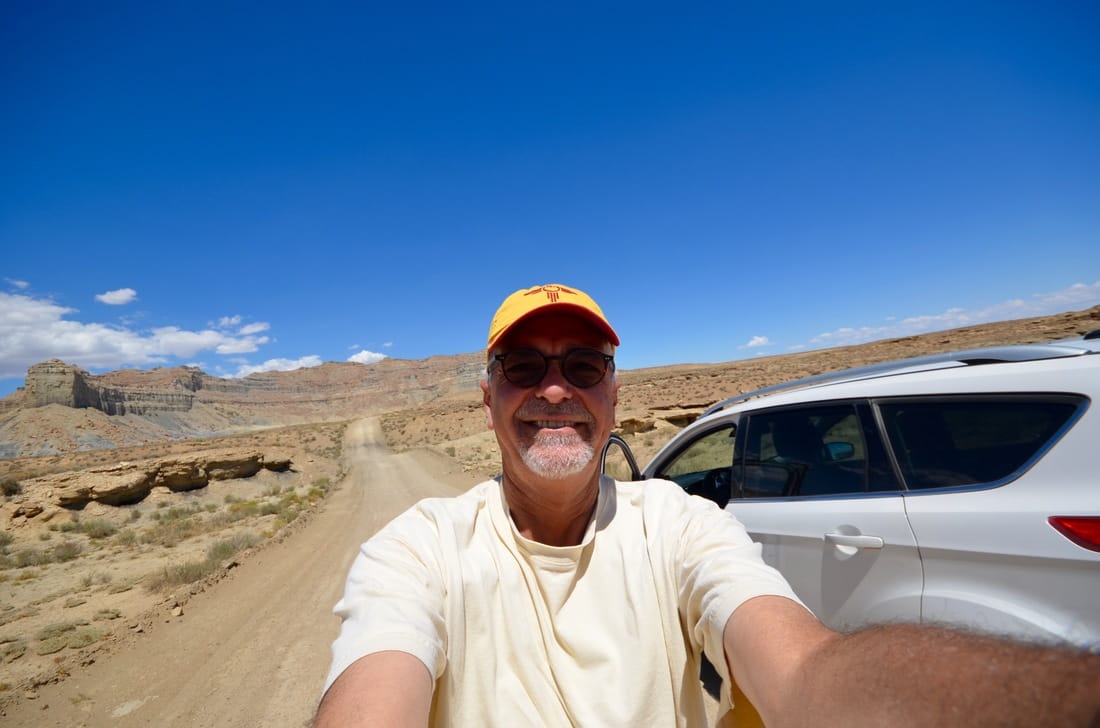New Lehman Course Explores
‘The Roots of Our Hispanic Heritage’
|
So, which came first? The Spanish conquistadors or the British colonists? Jamestown or St. Augustine? The Spanish language or the English language? Hernando de Soto or Lewis and Clark?
Do you know who celebrated America’s first Christmas? Where the city of Galveston, Tx. got its name? Who was the Latino who served as a pallbearer at Abraham Lincoln’s funeral? Who was the Latino invited by George Washington to march next to him in the great victory parade of July 4, 1783? And the Spanish ladies who gave up their jewelry to feed and supply Washington’s troops, do you know where they lived? And who is the Latino civil war hero buried in the Bronx? A new Lehman College course – LEH 354 The Roots of Our Hispanic Heritage – will explore many chapters of American history that are seldom covered in U.S. history books and classrooms. Premiering in the Spring semester, the course is designed to introduce students to the most important people, events and landmarks marking the history of Hispanics in North America. Did you know that Hernando de Soto was buried in the Mississippi River almost 80 years before the Mayflower reached Plymouth Rock? Did you know that Spanish missions (settlements) laid the foundation for many American cities? LEH 354, taught by Journalism Professor Miguel Pérez, will be an interdisciplinary analysis of the role of Latinos in American history. The course is based on Prof. Perez’ HiddenHispanicHeritage.com, a decade-long research project (and book in progress) that has taken him all over the country in search of the Hispanic people, places and events you won’t find in most history books. “Don’t let anyone tell you that young Latinos don’t have heroes,” Pérez says. “They have many. The problem is they just don’t know them! Well, Lehman College students are about to meet them!” Prof. Pérez, an award-winning journalist who covered the Hispanic community for various publications for more than three decades, developed a passionate thirst for more knowledge about Hispanic American history. “The more I learned, the more I realized how little I knew, how little I had been taught about the history of my own Hispanic people,” Pérez says. “I want to change that. The students taking this course will know why so many American states, cities, rivers and other landmarks are named in Spanish. They will know that Hispanic roots have been firmly planted here for 500 years. They will know that Hernando de Soto explored the North American wilderness long before Lewis and Clark and that St. Augustine, Fl. was founded 42 years before Jamestown, Va., although Jamestown calls itself ‘America’s Birthplace.’” This course will require various disciplines, from library and Internet research to visiting and photographing historical sites – and blogging about them. LEH 354 will meet on Fridays from 2 to 4:40 p.m. Prerequisite: A thirst for knowledge about Hispanic heritage. |




















